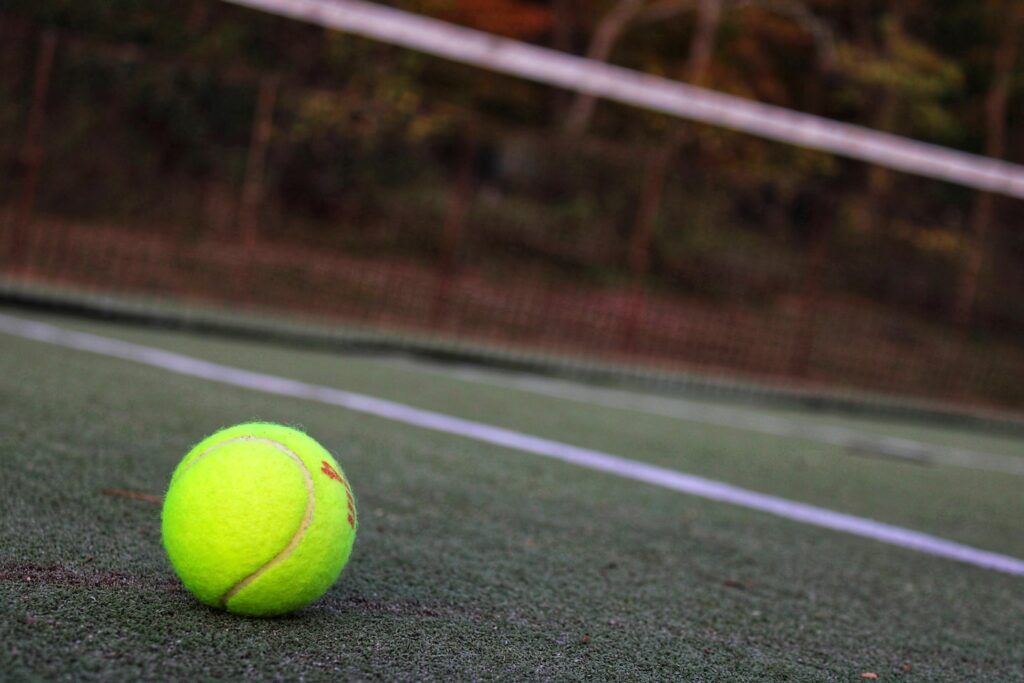Maximizing the Lifespan of Your Padel Balls: How to Repressurize
3 min read
Maximizing the Lifespan of Your Padel Balls: How to Repressurize
Introduction
As a padel player, you understand the sheer joy of smacking the ball across the court, effortlessly gliding it past your opponents. But as time goes by, even the best of padel balls lose their bounce and precision, making your game a little less satisfying. The good news is that you can breathe new life into your worn-out padel balls by repressurizing them, keeping both your game and your wallet happy. In this article, we’ll explore the art of repressurizing padel balls and show you how to do it like a pro.
The Science Behind Ball Deflation
Before we dive into the repressurization process, it’s crucial to understand why padel balls lose their pressure over time. Padel balls are filled with pressurized gas, typically nitrogen, which gives them their lively bounce. However, over countless rallies, the small gas molecules gradually escape through the ball’s rubber shell, leading to deflation and a lackluster performance.
Signs Your Padel Balls Need Repressurization
Identifying when your padel balls need repressurization can save you from wasting precious playing time with underperforming equipment. Here are a few telltale signs:
- The ball feels noticeably softer, losing its characteristic firmness.
- It no longer generates the same bounce and consistency as before.
- You often find yourself exerting extra effort to hit the ball across the court.
- Your shots lack precision, as the ball tends to veer off its intended path.
If you notice any of these signs, it’s time to bring your padel balls back to life!
The Repressurization Process
Now that you’re aware of the need for repressurization, let’s uncover the secrets to revitalizing your padel balls. Follow these steps, and you’ll have them bouncing like new again:
Step 1: Gather Your Materials
To begin, you’ll need a few items:
- A bucket large enough to contain all your padel balls.
- A towel or cloth.
- A pump with a needle attachment (specifically designed for inflating balls).
- A pressure gauge (preferably one with a needle to accurately check pressure).
- A stopwatch or timer.
Step 2: Prepare the Bucket
Fill the bucket with warm water, ensuring that it’s deep enough to submerge all the padel balls. Add a small amount of mild soap or detergent to create a soapy solution. Mix it gently until the soap dissolves fully to create a lubricating environment for the balls inside.
Step 3: Soak the Balls
Carefully place your padel balls into the soapy solution. Allow them to soak for about 5-10 minutes. During this time, the soapy water will penetrate any microscopic holes in the rubber shell, preparing the balls for maximum repressurization.
Step 4: Dry the Balls
After the soaking period, remove the padel balls from the soapy solution and place them on a towel or cloth. Gently dry each ball, ensuring that no moisture remains on the surface. This step is crucial to creating a proper seal during repressurization.
Step 5: Injecting the Gas
Next comes the exciting part – injecting the gas back into the padel balls! Attach the needle to the pump, and insert it into the inflation hole of the ball. Pump the gas slowly and steadily, ensuring a controlled pressure buildup. Keep an eye on the pressure gauge to monitor the level of inflation.
Step 6: The Optimal Pressure
When repressurizing your padel balls, it’s essential to reach the optimal pressure level. The recommended pressure for padel balls is between 4.6 and 5.2 kilograms per square centimeter (or 65-75 pounds per square inch). Make sure to consult the manufacturer’s guidelines or the ball packaging to achieve the ideal pressure.
Step 7: Time It Right
Timing is crucial when repressurizing. Once you’ve reached the recommended pressure, keep the needle inserted for an additional 10-15 seconds to ensure the gas is evenly distributed throughout the ball. Finally, remove the needle, and your padel ball is ready to take on the court once again!
Conclusion
Repressurizing your padel balls is a game-changer that turns tired, deflated balls into agile, high-performance projectiles. By following these simple steps, you can enhance your playing experience and prolong the lifespan of your favorite padel balls. Remember, a well-maintained padel ball contributes to a well-oiled game. So, grab your equipment and get ready to pump some life back into your padel balls like a pro!






